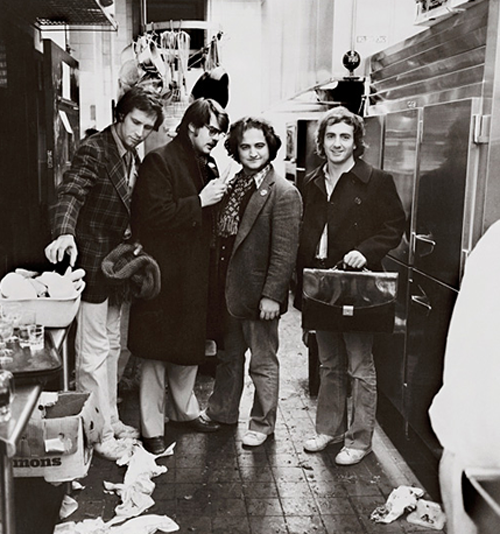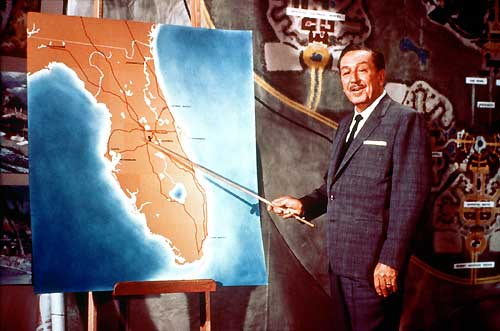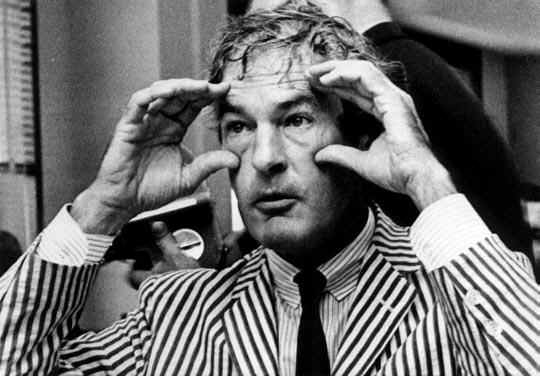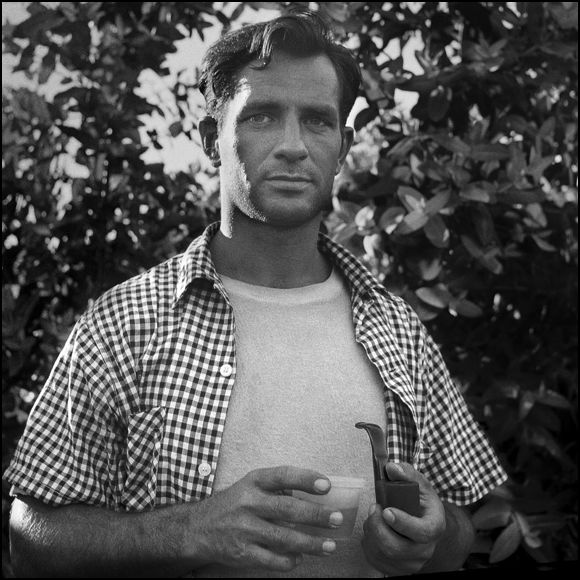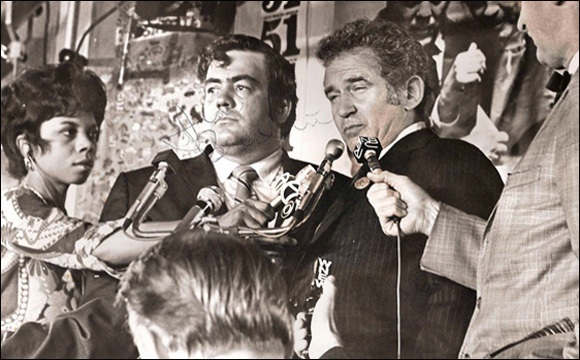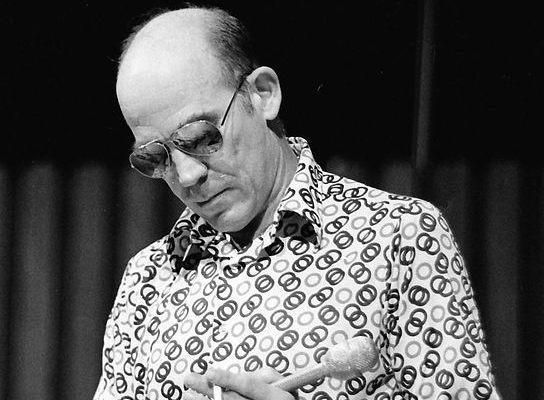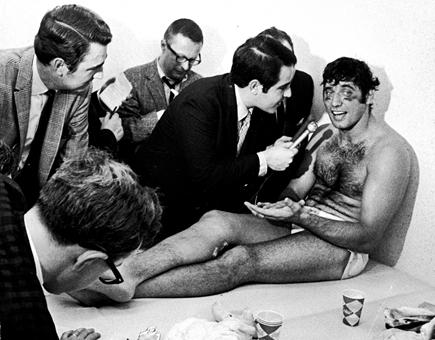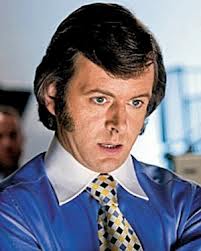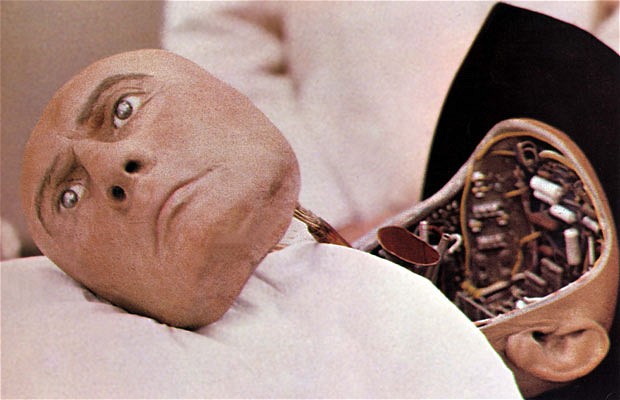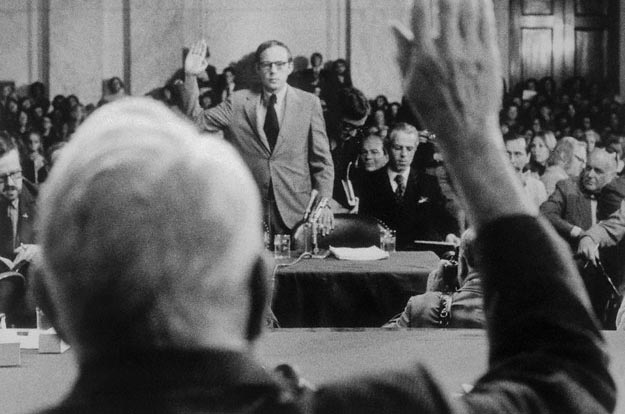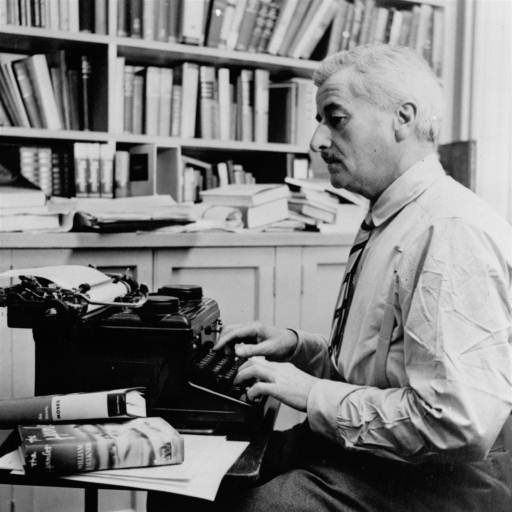A former Nazi training camp outside Berlin is now a free-love eco-village. From Katherine Rowland’s Guernica report on the ongoing social experiment:
“Anna and her partner Thomas are members of this community, based not far outside of Berlin, where I and some 300 other people have decided to vacation. I met Thomas moments after I had hauled my bag up the steep and curving driveway: a tall, pony-tailed figure, beating the dust of baking flour from his hands so that he could light a cigarette. Thomas had apparently informed his girlfriend of his intention to seduce me. Over breakfast, Anna looks at me, I think with resignation, and I realize I’ve entered a very fragile space.
This unassuming place carved out of the forest was, once a Stasi training camp, one where spies learned how to lay the ‘honey trap,’ and wrest secrets through sex. Today it is the Centre for Experimental Culture Design (Zentrum für Experimentelle Gesellschaftsgestaltung), or ZEGG for short—a radical community devoted to ‘consciousness in love.’
ZEGG began as an experiment in 1978, when the social sciences were more closely aligned with revolutionary acts. A German sociologist, Dieter Duhm, believed his discipline could resolve questions concerning no less than the essence of the human condition, and in the name of research, he set out on a tour of alternative communities in search of social harmony. His travels eventually took him to the settlement of the Austrian artist, Otto Muehl, where residents were engaged in wild experiments in sexuality, based on the notion that large-scale social change was contingent on liberating sex from the trappings of power. Viewing the family as the handmaiden to bourgeois culture, Muehl’s commune, at its height home to about 700 people, espoused free love, collective resources and the destruction of private property. Though the experiment was dismantled in 1990, owing to growing conflicts between the members and Muehl’s arrest on charges of ‘criminal acts against morality,’ Duhm saw in the project the seeds of promise. He shared the artist’s view that monogamy was repressive, and drew from it his enduring principle that there can be no peace on earth until there is first and foremost harmony among the sexes. And the central impediment to harmony? The inalienable desire to have sex with people other than your partner.”
________________________
“People are by the pool, laying out, nude, and enjoying the sun”:


